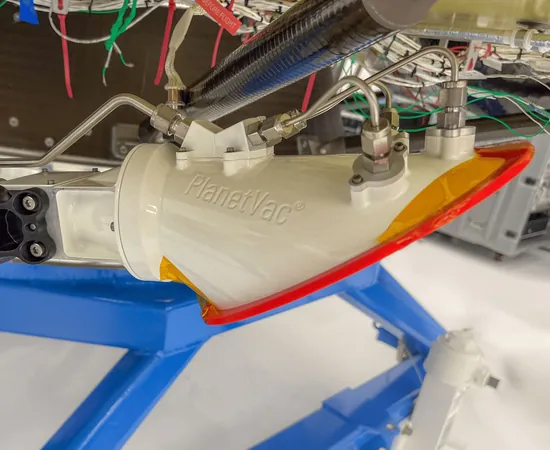
NASA's Groundbreaking Lunar Vacuum Cleaner: A Step Towards Moon Colonization!
2025-01-11
Author: Emma
Introduction
As space agencies ramp up their efforts to create a lasting human presence on the Moon by the end of this decade, NASA is leading the pack with innovative technology aimed at utilizing lunar resources. Critical to these ambitious plans is the ability to harness local materials—especially water—through a methodology known as in-situ resource utilization (ISRU). This will significantly reduce the need for supplies sent from Earth.
Strategic Focus on the Lunar South Pole
NASA's strategic focus is on establishing a base near the lunar south pole, an area rich in water ice hidden in permanently shadowed regions. To effectively gather this resource, the agency is heavily investing in advanced technology. One exciting development is the Lunar PlanetVac (LPV), a cutting-edge sample acquisition and delivery system that operates independently of gravity—think of it as a vacuum cleaner for the Moon!
The Lunar PlanetVac (LPV)
Crafted by Honeybee Robotics, a subsidiary of Blue Origin, the LPV is a pneumatic device powered by compressed gas, adept at functioning in the Moon's low-gravity and near-vacuum environments. Upon landing, the LPV will utilize its gas supply to agitate the lunar regolith, allowing the material to be funneled into a tube and collected in a designated sample container. This regolith will undergo sieving and be photographed inside the container, with results transmitted back to Earth in real time.
Expert Insights
Dennis Harris, who oversees the LPV project at NASA's Marshall Space Flight Center, emphasizes its potential transformative impact: “There’s no digging, no mechanical arms to maintain; it operates much like a vacuum cleaner. This technology will not only aid in locating water and helium but also enhance our understanding of the materials needed for future lunar habitats and launch pads.”
Mission Overview
Scheduled to ride aboard the Blue Ghost 1 lunar lander—a project developed by Firefly Aerospace—the LPV will touch down on the lunar surface as early as January 15th. This mission isn't just about the LPV; it will also host a variety of other experiments focused on regolith management, navigation systems, and enhancing computing resilience in space.
Conclusion
As humanity edges closer to sustainable lunar exploration, every advancement—like the revolutionary LPV—brings us one step closer to establishing a permanent presence on our celestial neighbor. Get ready, because the era of lunar colonization is just around the corner!
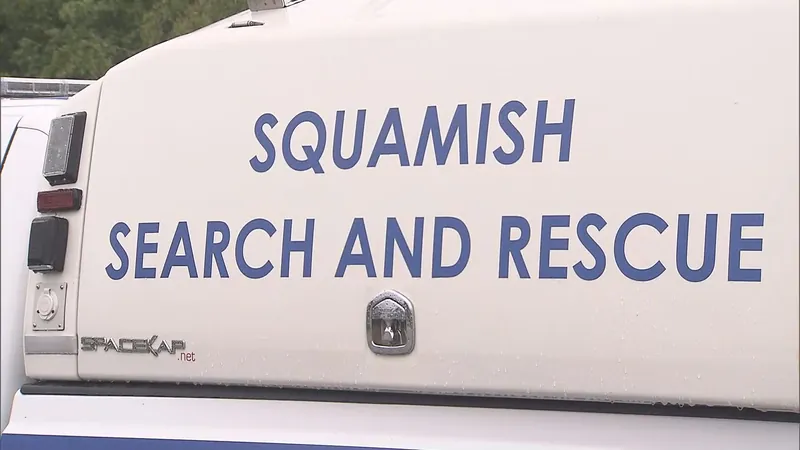


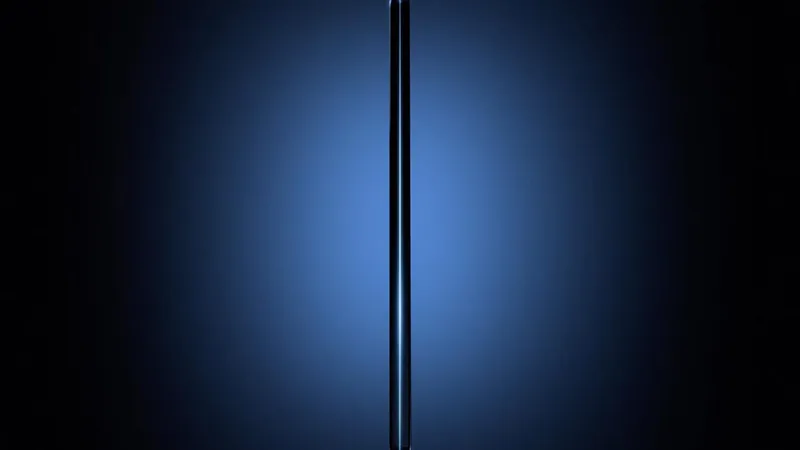
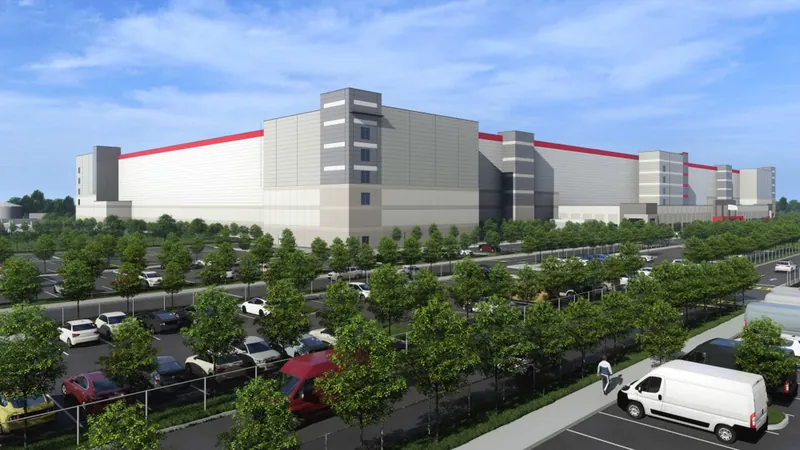

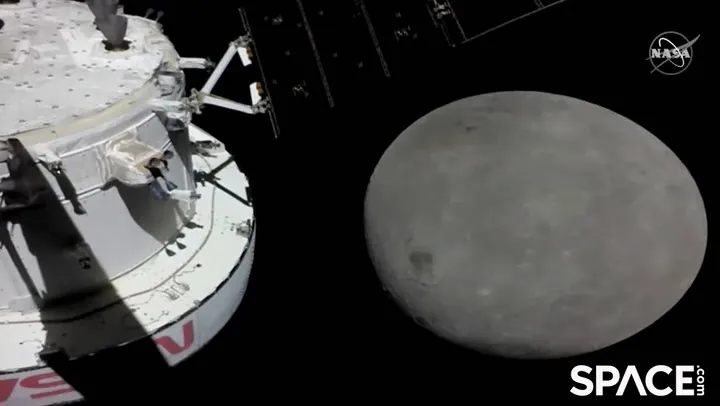


 Brasil (PT)
Brasil (PT)
 Canada (EN)
Canada (EN)
 Chile (ES)
Chile (ES)
 Česko (CS)
Česko (CS)
 대한민국 (KO)
대한민국 (KO)
 España (ES)
España (ES)
 France (FR)
France (FR)
 Hong Kong (EN)
Hong Kong (EN)
 Italia (IT)
Italia (IT)
 日本 (JA)
日本 (JA)
 Magyarország (HU)
Magyarország (HU)
 Norge (NO)
Norge (NO)
 Polska (PL)
Polska (PL)
 Schweiz (DE)
Schweiz (DE)
 Singapore (EN)
Singapore (EN)
 Sverige (SV)
Sverige (SV)
 Suomi (FI)
Suomi (FI)
 Türkiye (TR)
Türkiye (TR)
 الإمارات العربية المتحدة (AR)
الإمارات العربية المتحدة (AR)